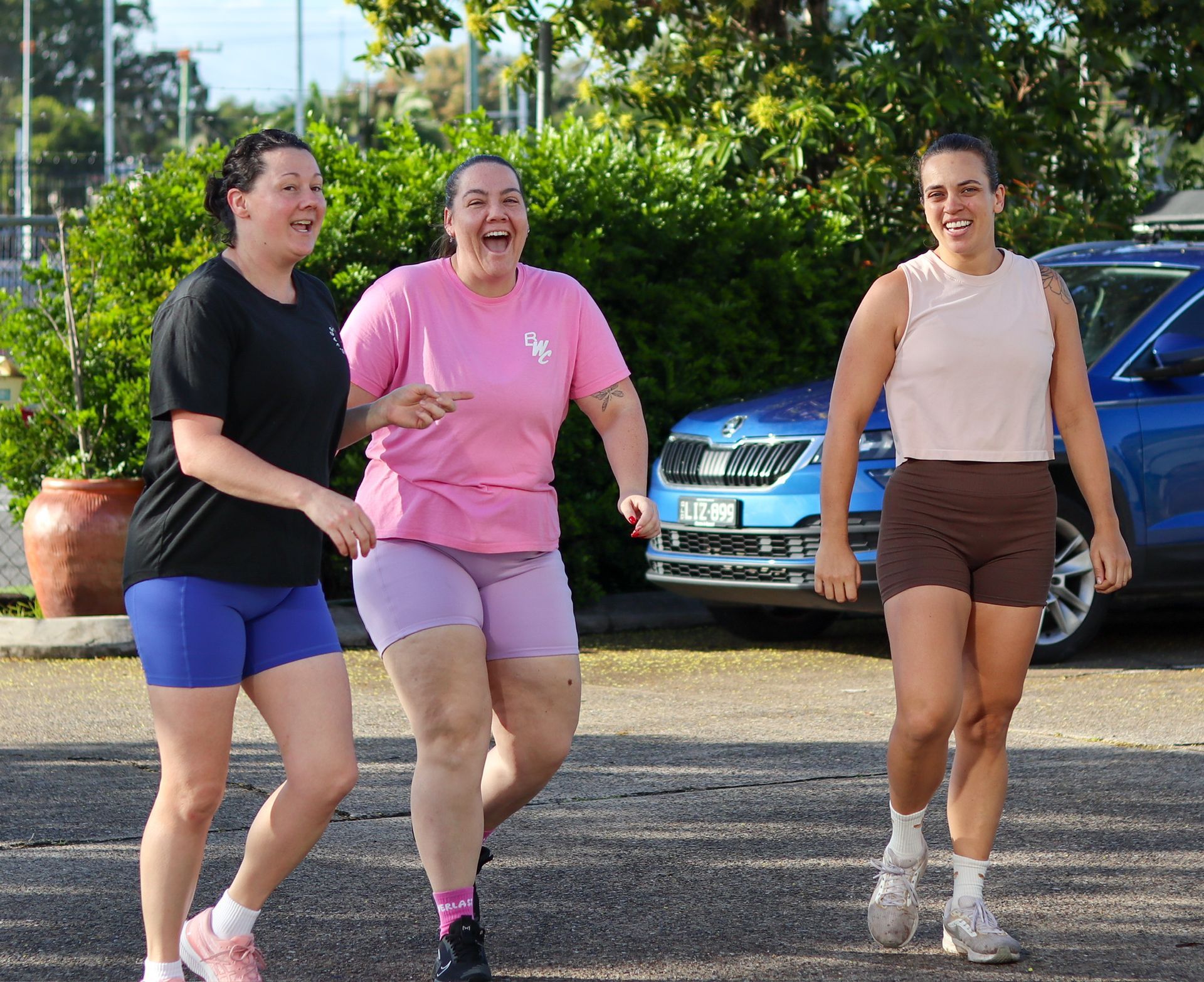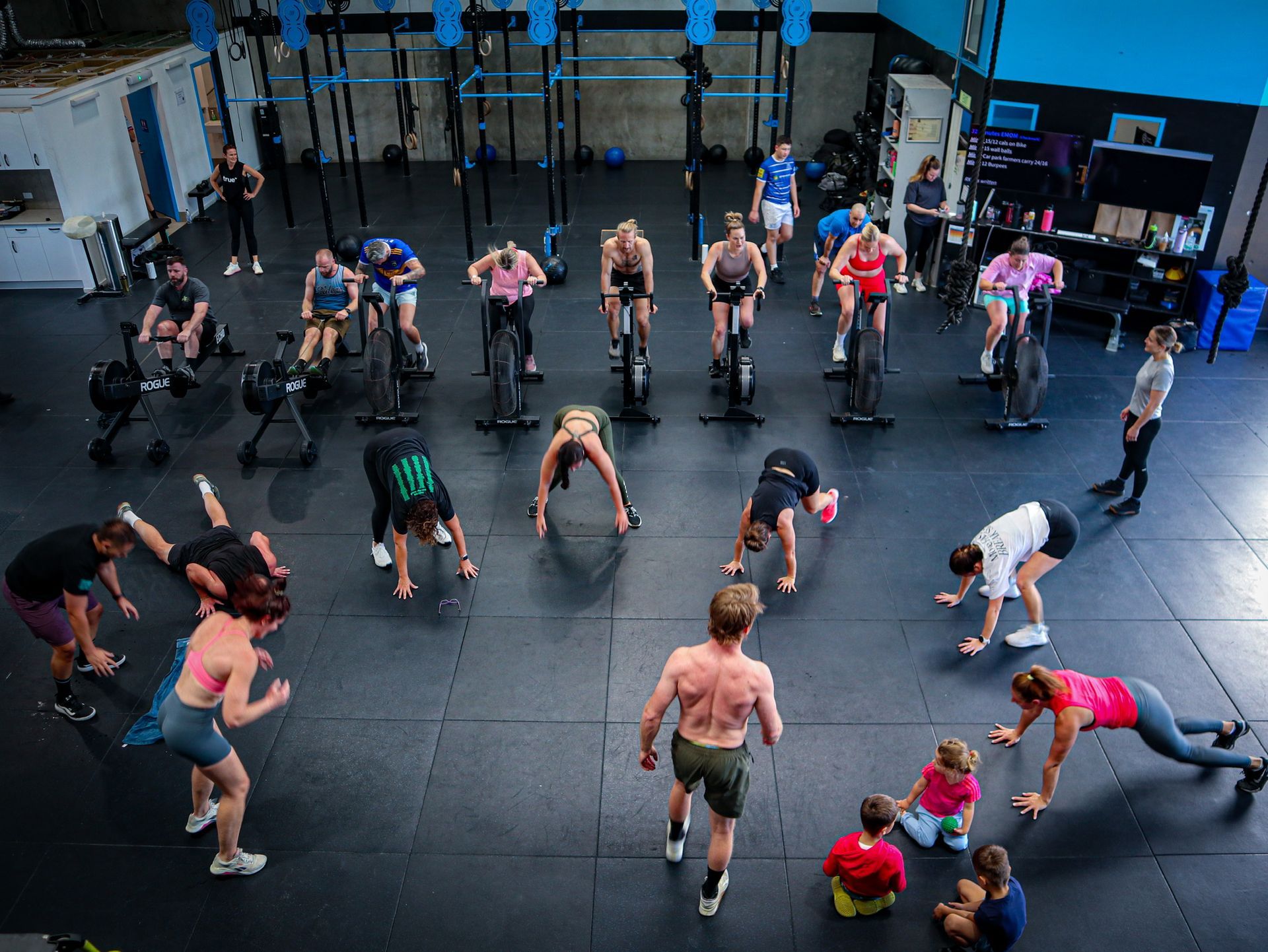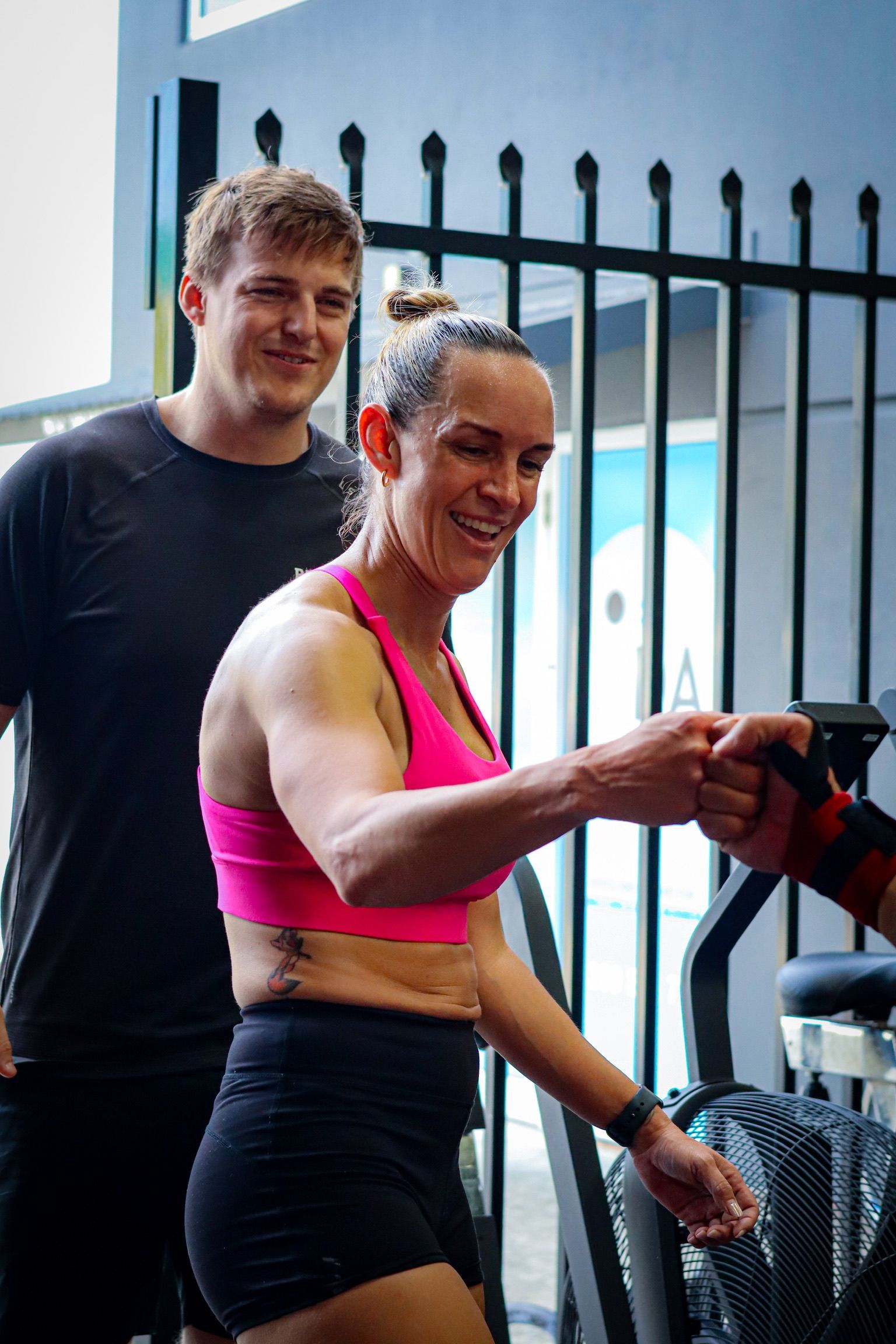10 Years To The CrossFit Games: Mike Catris
“If you want something bad enough, you have to believe in it,” words Mike Catris says and words he lives by. Considered among the fittest men in the UK, Mike Catris, former rugby player and current CrossFit coach and competitor, Mike Catris is a man of passion and resilience who joined the Rebuild Health and Fitness podcast to share his journey. This week’s episode delves into what it took for Mike to reach the CrossFit Games, and the determination required to not only motivate yourself but your team as well.As a strength and conditioning coach and health programmer at The Athlete Program, Catris has been long involved in sports mixed with boxing and athletics. A rugby player from the age of 11, he had to let go of the sport in 2012 due to an eye socket fracture. Despite this, he didn’t let his injury come in the way of achieving greater things. Soon after, he threw himself into CrossFit and found his path.“I put myself out on that in the circuit and I competed a fair bit in 2012 and 2013. I managed to get pretty good at it quickly and took pride in my training since I was a rugby player and had that sort of strength and conditioning background. I was probably the fittest in the scene back then. The first time I snatched a barbel, it was 95 kilos, I muscle cleaned 130 kilos – so strength was never an issue, but I did work on aerobics and metabolic conditioning,” says Catris.An injuryWhile on track for qualifying for CrossFit regionals in 2014, a simple mistake led him to hurt his ankle, which then snapped almost every ligament in his ankle. The injury caused him a cascade of issues, some of which he deals with even today, but as history would have it, this too motivated him to reach greater heights. Some of the competitions he competed for were Battle of the Beasts, Rep it Out, Canarias Gone Bad and the Super-Human Games. He also competed as part of a team in the CrossFit Games Meridian Regionals in 2015, and the European Regional in 2018.It goes without saying that this level of competing does not come easily to everyone, and Mike was no different. Having been a gym owner previously, he admits people made assumptions about his training and how it came with ease. Mike says, “People think it’s great when you own a gym. They’d say, ‘Oh you can train as much as you like’ or ‘Whenever you want’. But what they didn’t understand that I trained less when I owned it. You have to interrupt sessions often because someone's asking for advice, you're always needed elsewhere or are doing other stuff.”“The last 18 months I’ve been the closest I’ve ever been to a full-time athlete - not in terms of training but in terms of food prep and the number of hours I sleep. I train twice a day, five days a week. Then I do something relatively active which will either be like a swim, a fun workout, go out for a jog or go on a hike. I don’t have as many off days, but I also don’t hammer myself,” he adds. As interesting as Mike’s life’s been in terms of his background, accolades and even in terms of his training, what’s equally as interesting is why he chose CrossFit, of all sports. “CrossFit filled an empty void for me that rugby left almost instantly,” Mike shares. He has a different approach with training, fitness, and sports in general – one that has definitely played a role in him having reached this point. This approach is focused around considering ‘progress’ as your key. Mike confesses, “There’s no better feeling than progress for me. If I’m not getting better than I’m just getting worse, in anything. I just constantly want to push my boundaries as far as I possibly can. That is what led me to compete. 'I love competing' 'I love competing – I do love the feeling of winning and I love the drive, but competitions are just a barometer for me to show my progress. If I go up there and come second knowing I’ve absolutely smashed it and completed the workouts as planned, I’ll leave with the biggest smile on my face. I could win but if I’ve performed poorly, I’ll be the guy kicking the cat across the room. For me, the why is definitely progression based. I can do 10? Why can’t I do 11? I can do 11? Why can’t I do 11 with a weighted vest on? And so that becomes my next goal.”Not every day is a win through, Mike says. There are often low days, and days where you’re just not feeling it. He says, “I’m not going to be that guy that says, ‘I’ve never tapped out of a workout’ or ‘Pain is weakness leaving the body,’ because everyone’s been there, and everyone taps out of workouts. I’ve been the guy that’s walked out of the room saying, 'Not today, I haven’t gotten it in me today'. But I’m also the guy who comes back tomorrow and works out twice as hard because of yesterday.”“It’s just a matter of breaking those glass ceilings and believing in yourself. I’ve said this to everyone whenever they say, ‘If we get to the game,’ I’ll be like, 'When we get to the games.’ It’s not me being cocky, it’s me believing that we're going to make it. I don’t think it’s going to be easy; I know it’s going to be hard, but I also believe we're going to go. 'And obviously if I don’t make that happen, I’m the one to blame for that - that is what keeps me going,” he concludes.Goes to show what years of experience, exposure, training and sheer motivation can lead to. His team has secured their spot in this year’s CrossFit games – with credit due to his resilience and dedication.
Previous Blogs




